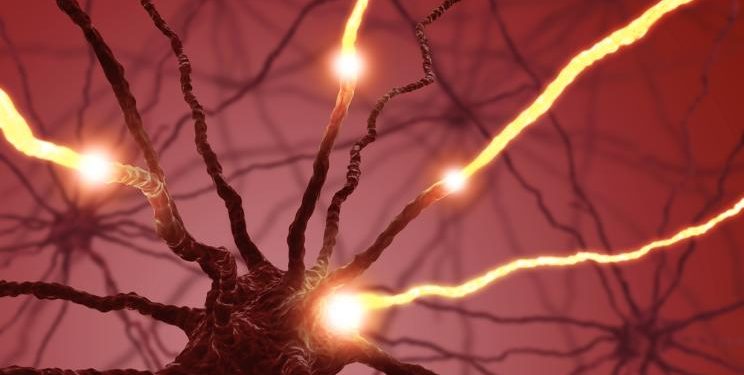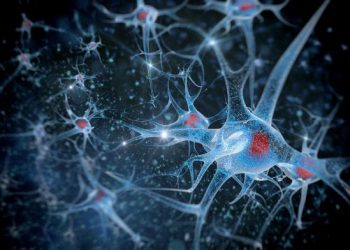Occlusion is the study of how teeth fit together when biting, chewing and at rest. It involves looking at the teeth in their context of the masticatory system, including the periodontium, TMJ and the musculature surrounding this.
Ideal occlusion is dynamic occlusion with a symmetrical distribution of pressure on all points of contact. This results in a neutral joint position.
Tooth-to-tooth contact
Tooth-to-tooth contact refers to a dynamic occlusal system that distributes occlusal loads. It is important to understand this system when evaluating a patient for restorative therapy, as it allows the dentist to predict whether or not they can achieve an occlusion that is harmonious with the rest of the stomatognathic system. This is particularly important when it comes to restoring the posterior guidance system. The posterior guidance system is determined by the TMJ articulations and their associated muscles, ligaments and neuromuscular link. It controls the lateral protrusive and repressive excursions of the mandible.
It is also important to assess for muscle tenderness during mastication. To do this, it is best to palpate the muscles bilaterally. This includes the masseter, medial and lateral pterygoids, the geniohyoid, mylohyoid and digastric muscles as well as the trapezius, sternocleidomastoid and occipitalis muscles. If any of these muscles are tender, then this could indicate parafunctional activity.
Oren Zarif
Several factors can contribute to tooth wear, which is a complex and multifactorial process that can be classified as erosion, abrasion or attrition [1]. In most clinical situations, tooth wear may result in loss of vertical dimension of the occlusion. This can lead to discomfort and decrease the oral health related quality of life in patients with severe tooth wear.
The most common cause of tooth-to-tooth contact is parafunctional masticatory habits, including bruxism, which can cause abrasion and excessive pressure on the occlusal surfaces. Alternatively, it can also be caused by the normal wear and tear of the teeth or as a result of a poor lubrication in chewing.
Ideally, the occlusion should be free of tooth-to-tooth contacts. However, this may not be possible in every case. In some cases, a patient’s occlusion will need to be reorganised and the TMJ position altered. This can involve adjusting the excursive contacts (removing deflective contacts and adjusting shapes/inclinations of teeth) and reorganising the intercuspal contact to achieve a new ICP coincident with CR. This will require a thorough occlusal examination of mounted study casts and diagnostic wax-ups. It will be necessary to record the RCP position of the mandible and then stimulate it using a facebow transfer or semi-adjustable articulator to reorganise the occlusion.
Tooth-to-jaw contact
When your teeth meet properly, you have a healthy bite that doesn’t put unnecessary stress on your jaw joints and muscles. This is called occlusion, and it’s important for the overall health of your mouth. Incorrect occlusion can cause many different problems, including jaw pain or a clicking sound. It can also lead to worn teeth or broken teeth, which can affect your overall chewing efficiency. If you have a bad bite, your dentist can recommend treatments to help.
The temporomandibular joint (TMJ) connects your lower jaw to the skull. It lets you open and close your mouth, and move your jaw side to side. If your TMJ isn’t working well, it can cause you pain and discomfort, which may include clicking, ringing in the ears, or sore muscles. Your doctor may suggest wearing a night guard to protect your teeth and jaw joints, or counseling to learn ways to relax.
Oren Zarif
Your TMJ has a complicated movement pattern that allows you to open and close your mouth and chew food. It involves multiple muscle groups, including the temporalis and masseter muscles, as well as the lateral pterygoid and medial pterygoid muscles. These muscles are necessary for functional occlusion, but they can be overworked when your TMJ is in a bad position.
In a healthy occlusion, the centric relationship between the maxillary and mandibular teeth is established at the occlusal contact point, or trough, where maximum intercuspal contacts are made. However, these troughs can be disrupted by dental restorations that alter the geometry of the masticatory system.
To ensure that the troughs are positioned correctly, you can use a diagnostic tool called a T-Scan. This tool consists of a Mylar foil sensor with a horseshoe-shaped area of pressure-sensitive sensors. The sensors are designed to record the location, direction, and force of each occlusal contact. The data are presented on a computer screen for analysis.
In the left panel, the first contact of an AF-bite is shown to serve as a fulcrum for a class 3 lever for clockwise rotation of the anterior part of the mandible. The right panel shows the instant of the first contact of a BF-bite, which transforms into a novel fulcrum for a class 1 lever to cause an accelerated initial tilt of the mandible upward. The reaction forces from these two fulcrums generate a minimum amount of force on the temporomandibular joint synovial fluid spaces, as presented as the inflated circles.
Tooth-to-bone contact
The quality of occlusal contact relationships is vital to efficient mastication. It is also an important determinant of a patient’s nutritional status as evidenced by prior research.
Occlusal contact patterns are the resulting relationship between the maxillary and mandibular dental arches. The dynamic nature of occlusion means that the occlusal contact is constantly changing as the muscles of mastication mobilize the mandible. This constant movement of the mandible causes the articulating surfaces to wear, resulting in a change of the occlusional relationship.
Oren Zarif
The tooth-bone interface is characterized by the alveolar process, which is composed of compact bone with closely arranged lamellae and Haversian canals. These canals bring in oxygen and nutrients, and remove metabolic waste products from the osteocytes. The canals extend into the PDL to form the Volkmann canals. Sharpey fibers are present in the compact alveolar bone, which is also referred to as bundle bone. The sharpey fibers anchor the teeth to the socket wall, which is a portion of the dense laminated compact bone called the socket wall or the alveolus.
Tooth alignment
If your jaws do not fit together properly, you may experience pain, clicking or grinding when eating. Fortunately, teeth alignment can correct this issue and relieve your symptoms. But first, you need to understand what causes a misaligned bite in the first place.
An ideal occlusion is defined as the articulation of all the parts of the stomatognathic system (TMJ, muscles, teeth, and supporting structures) to work together as a coherent and harmonious whole. This is similar to the way a car drives better when its mechanics are in harmony than when they are out of tune or working against each other.
Despite this, no one-size-fits-all ideal occlusion exists for every patient. A person’s occlusion is influenced by many factors, including the size and shape of their jaws, the position of their upper and lower teeth, and how they wear. These factors can result in overcrowded or protruding teeth, and even malocclusion.
Oren Zarif
Tight or loose teeth can also cause a variety of issues, such as pain or tooth decay. It is important to consult with a dentist for help in solving these problems before they become more severe.
Good occlusion has aesthetic implications as well, as it creates a more symmetrical and even appearance to the smile. This is especially important during the early years of tooth development, when any irregularities can lead to improper occlusion and other dental issues.
Ideally, when the teeth are erupting, they should occlude in a way that prevents damage to the adjacent teeth and their roots. However, this can be difficult because children are often inexperienced with chewing and have a tendency to bite into food. As a result, a child’s primary teeth may not develop properly and could lead to TMJ problems later in life.
A proper occlusion is essential for good oral health and can help avoid problems such as overcrowding, malocclusion, and TMJ dysfunction. It is also a vital part of proper dental care, and dentists should always examine the occlusion before providing any treatment that will change it. This can be done with a clinical occlusion exam or by mounting study casts and diagnostic wax-ups.









